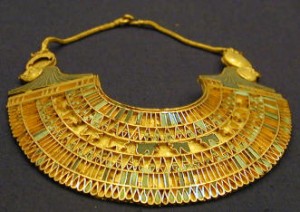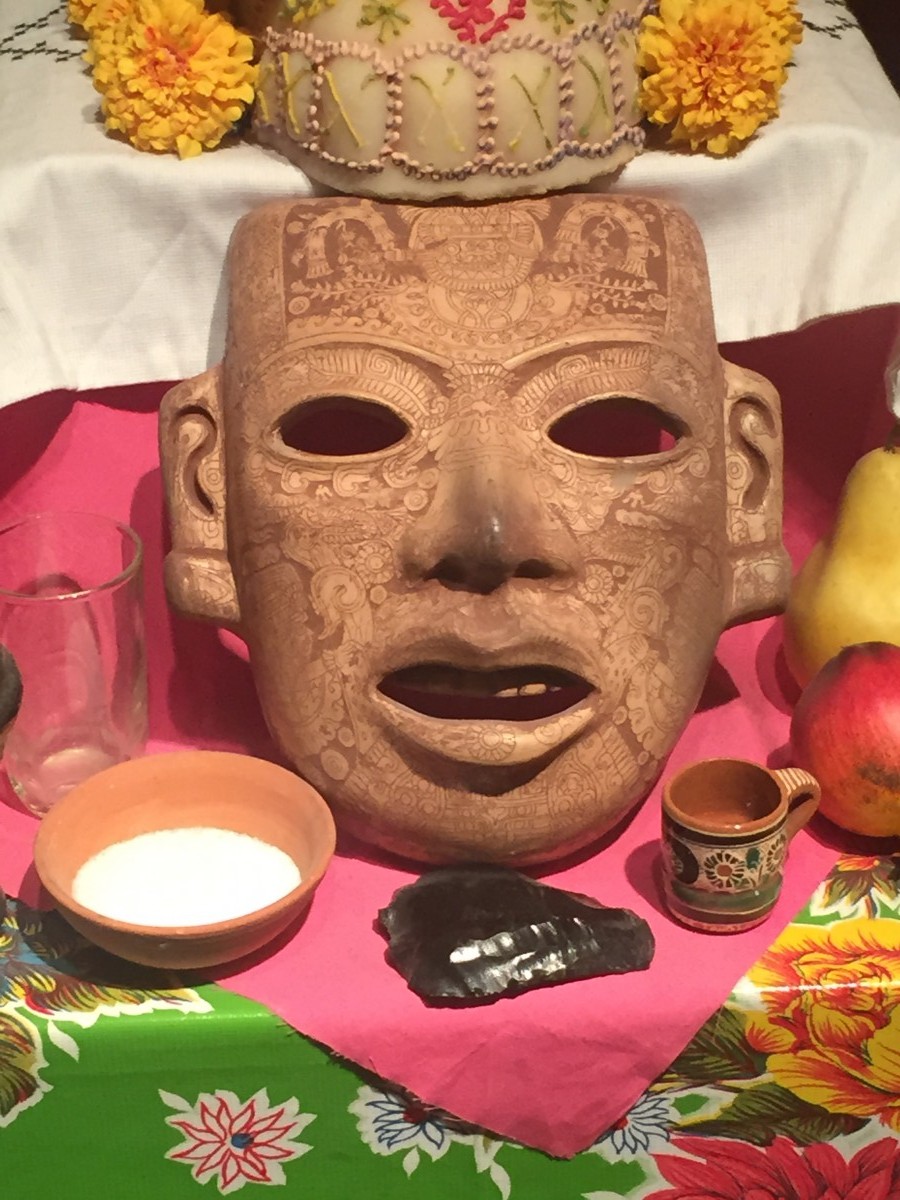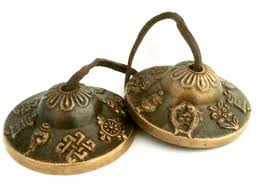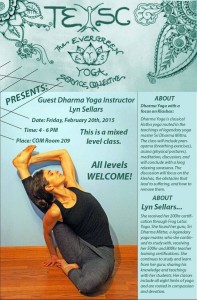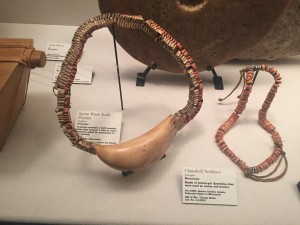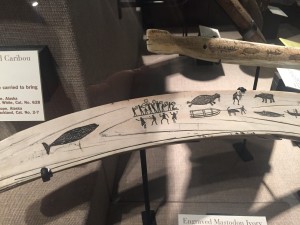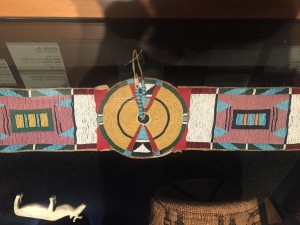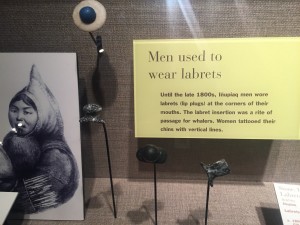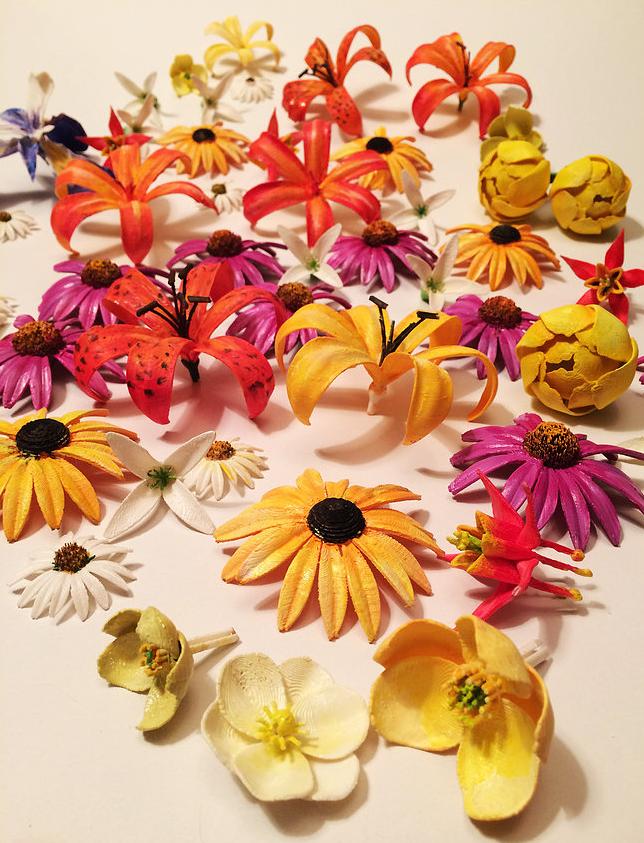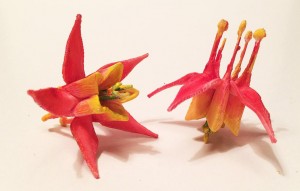“Turning the tide of negativity is a transformative process that achieves significant reformulation of the link between understanding and freedom. By introducing a non cognitive idea of understanding, the notion of endurance suggests freedom of understanding through the awareness of our limits, and hence also of our relative bondage.” (Smelik, Lykke, 184)
Through my journey of thinking tools, I end at perhaps the most prevalent, important and historic thinking tool on earth…water. Water purifies, cleans, is our greatest necessity in life, has the power to create and destroy. We are made of almost entirely water, and our minds and bodies need it to function properly. It is interesting in a time of intense suffering and chaos around the earth, our water supplies are being destroyed, and the access to fresh water is decreasing. Our relationship with water is changing, and most people, with or without easy access, do not drink enough clean water daily.
From my experience, my brain works completely different when I am hydrated. I work more efficiently, more smoothly, and a less affected by negative emotions, and generally in a good mood. I find anytime I feel sick, or headachy, or in bad spirits, I am dehydrated. The quote above from Bits of Life inspired this connection with water, as I believe water “turns the tides” and transforms our minds. Water is one of the greatest thinking figures, and is often so overlooked in our daily lives.
Lucid Energy is transforming water one step further into energy with profound methods. They instal turbines that collect energy from moving water in major pipes. They simply capture energy from pipelines using turbines. This system is profound because it does not depend on seasons or nature. Here is a video on Lucid Energy.

